Food
The Nutritional Power of Olives
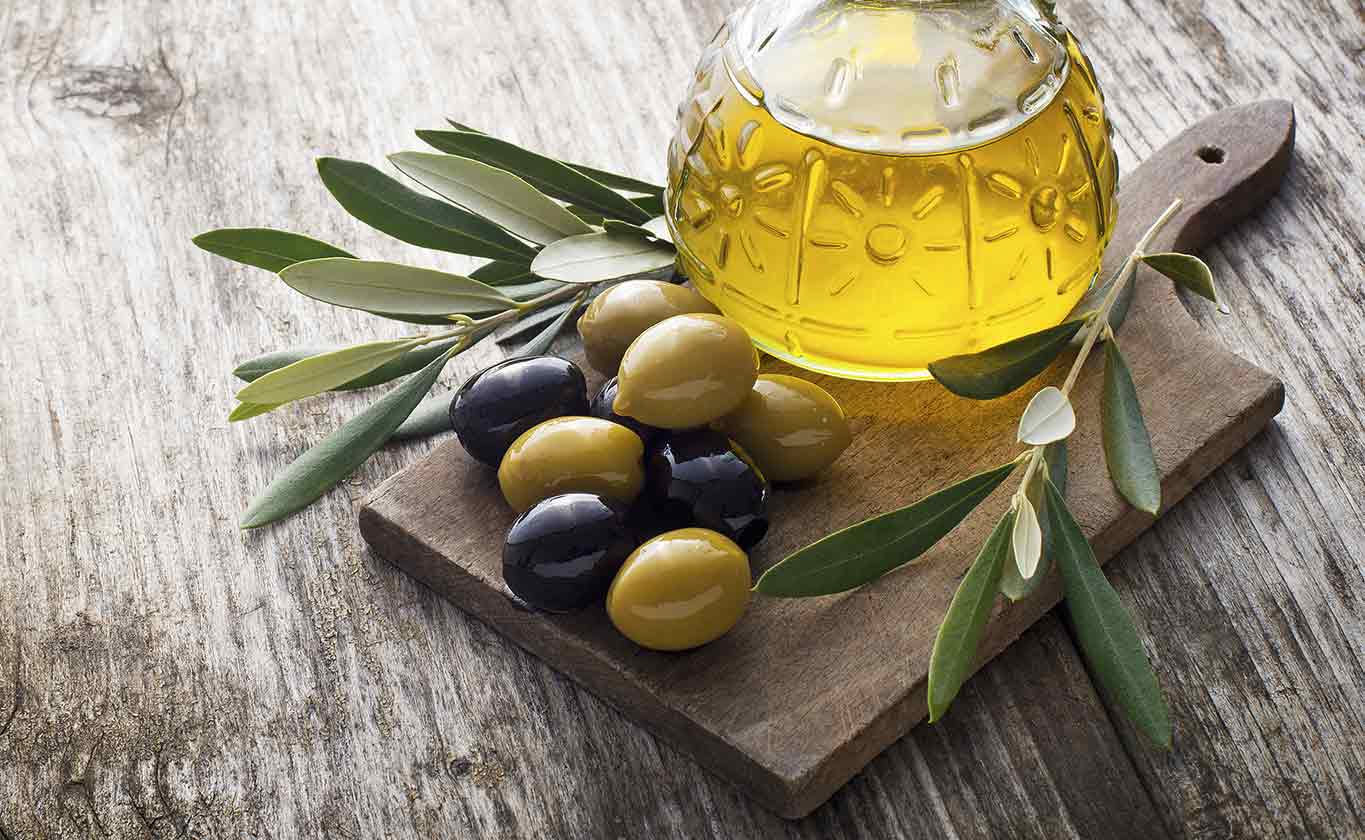
Rich in monounsaturated fatty acids, vitamins, and antioxidants, olives help fight chronic degenerative diseases such as cancer.
Monounsaturated fatty acids are known as "good fats," which help reduce "bad" (LDL) cholesterol and maintain "good" (HDL) cholesterol.
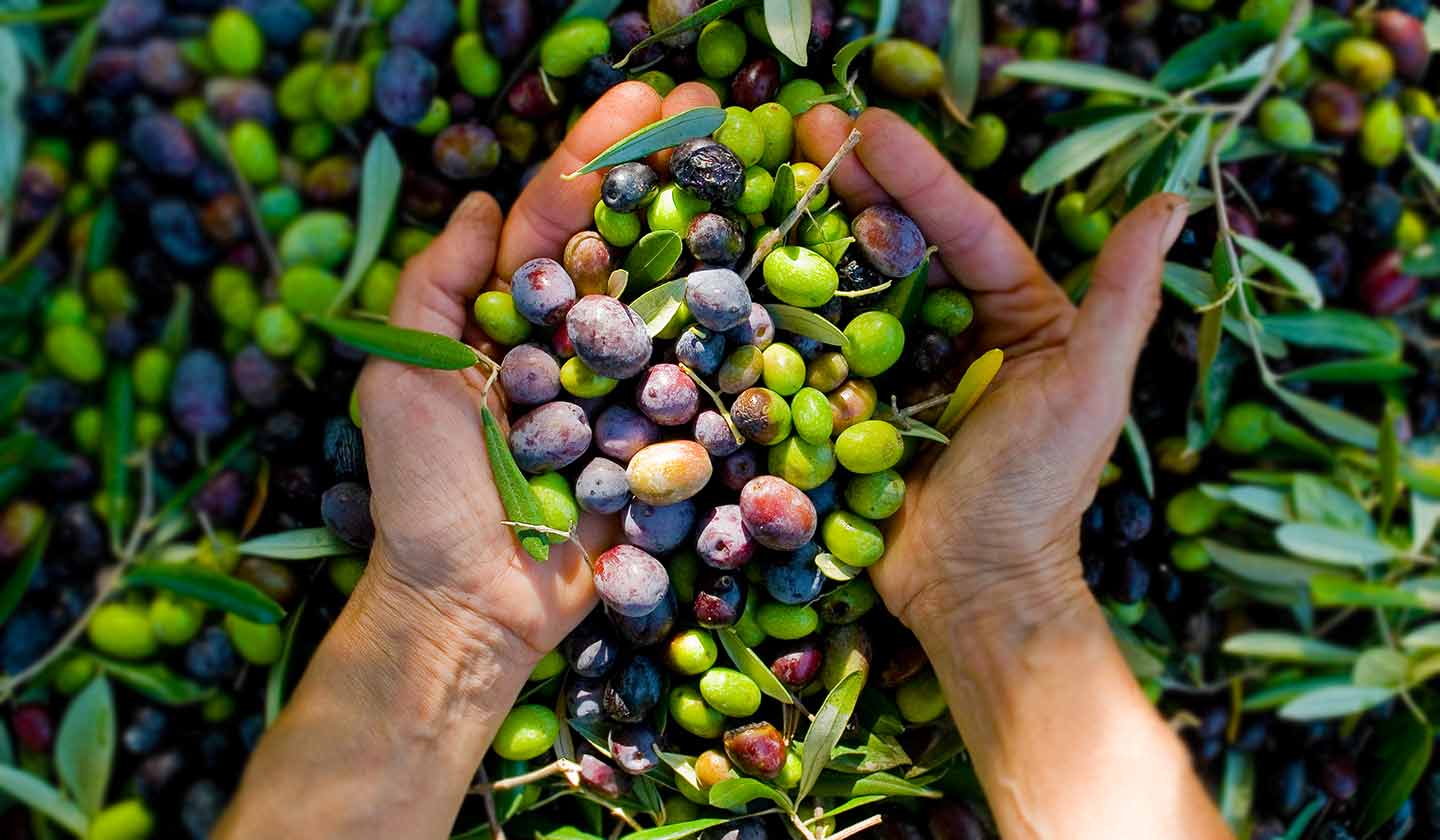
The fruit
The olive is the fruit produced by the olive tree and is basically composed of an outer skin, of cellulose composition that contains aromatic products and natural dyes, a pulp, where most of the fatty acids are found and a stone.
Its color may vary, being green, black, or slightly pink, and besides being consumed raw, it is used for the production of olive oil.

Olive Oil
Olive oil is available in a wide variety of qualities that reflect the degree to which the olives have been processed:
- Extra-virgin olive oil is obtained from the unrefined oil from the first pressing.
- Virgin olive oil is also derived from the first pressing, but has a higher level of acidity than extra-virgin (as well as fewer phytonutrients and a less delicate flavor). Chemically, the difference between extra-virgin and virgin olive oil is related to the amount of free oleic acid, one of the markers for total acidity. According to the standards approved by the International Olive Council, "virgin" can contain up to 2% free oleic acid, while "extra-virgin" can contain up to 0.8%.
- Pure olive oil has a lower quality and is obtained from further pressing.
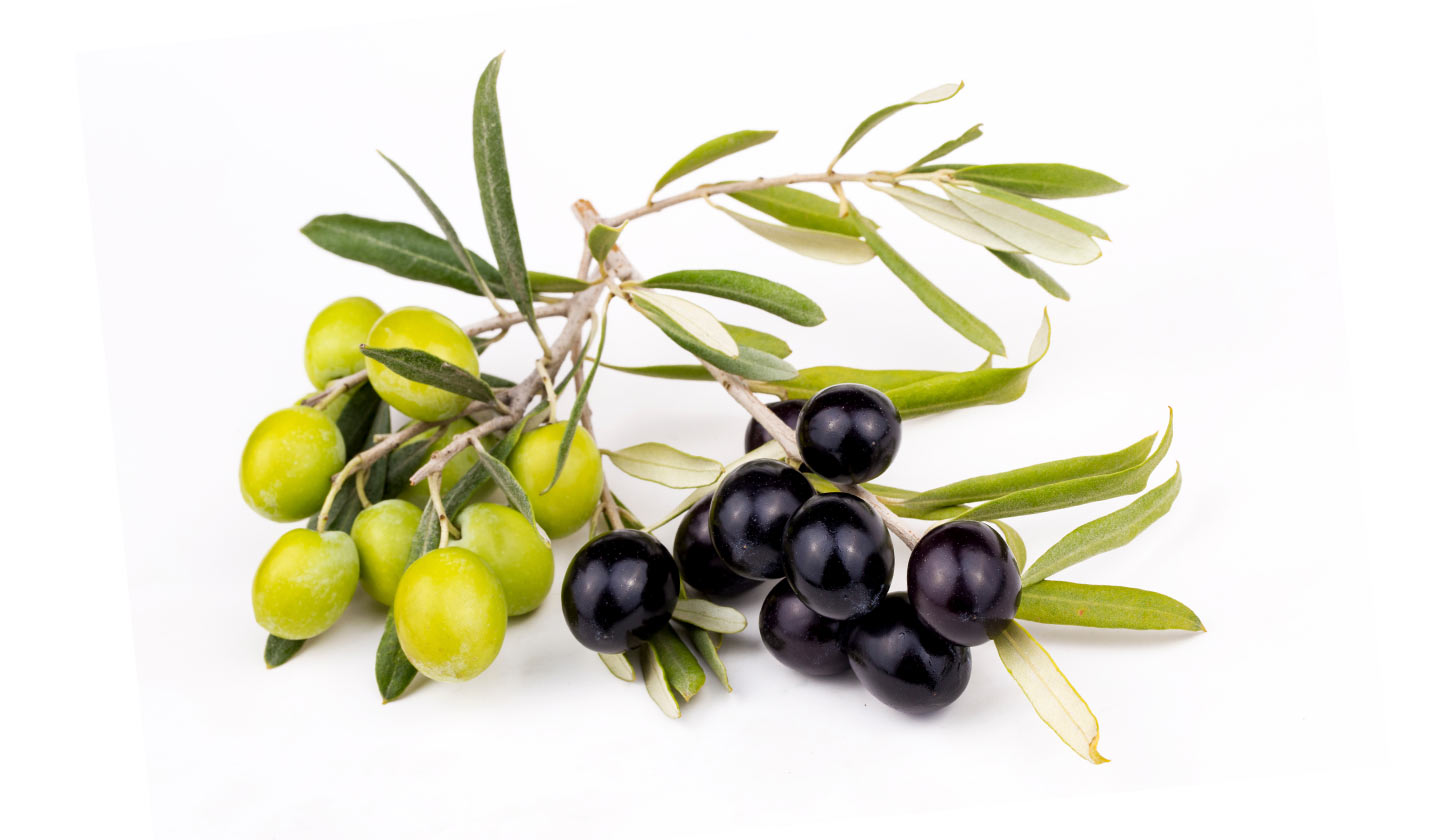
Nutritional composition of olives
- 100 g black olives contain:
- 105 calories
- 0.9 g of protein
- 9,5 g fat
- 6,1g of carbohydrates
- 3,0 gr fiber
- 880 mg sodium
- 8 mg potassium
Did you know that olives are rich in anti-oxidants?
this fruit is rich in monounsaturated fatty acids and has several minerals in its composition such as calcium, phosphorus, potassium, magnesium, sulfur, chlorine, iron, copper, manganese, and sodium, and vitamins such as niacin, riboflavin, thiamin, Vitamin B6, Vitamin B12, Vitamin E, and carotenoids;
Besides the monounsaturated fat, with all its benefits, the olive is rich in polyphenols. By preventing biological oxidations, polyphenols reduce the formation of free radicals. These, through the cellular damage they produce, are the great villains of aging and chronic degenerative diseases, such as cancer;
black olives are richer from the nutritional point of view than green olives. Both can, however, be kept in closed tins or jars and stored at room temperature for up to 2 years;

The benefits of olives
The olive has nutrients such as vitamins A, K, E, zinc, selenium and iron, among other minerals that can bring many health benefits such as:
- Prevent atherosclerosis, for being rich in flavones with antioxidant action;
- Prevent thrombosis, for having anticoagulant action;
- Reduce blood pressure, by facilitating blood circulation
- Prevent breast cancer, by reducing the chances of cell mutation;
- Improve memory and protect against mental retardation, by fighting free radicals;
- Reduce inflammation in the body by inhibiting the action of arachidonic acid;
- Improve skin health and prevent premature aging by being antioxidant;
- Protect the retina and promote eye health by containing hydroxytyrosol and zeaxanthin;
- Reduce "bad" cholesterol, because they are rich in monounsaturated fats.
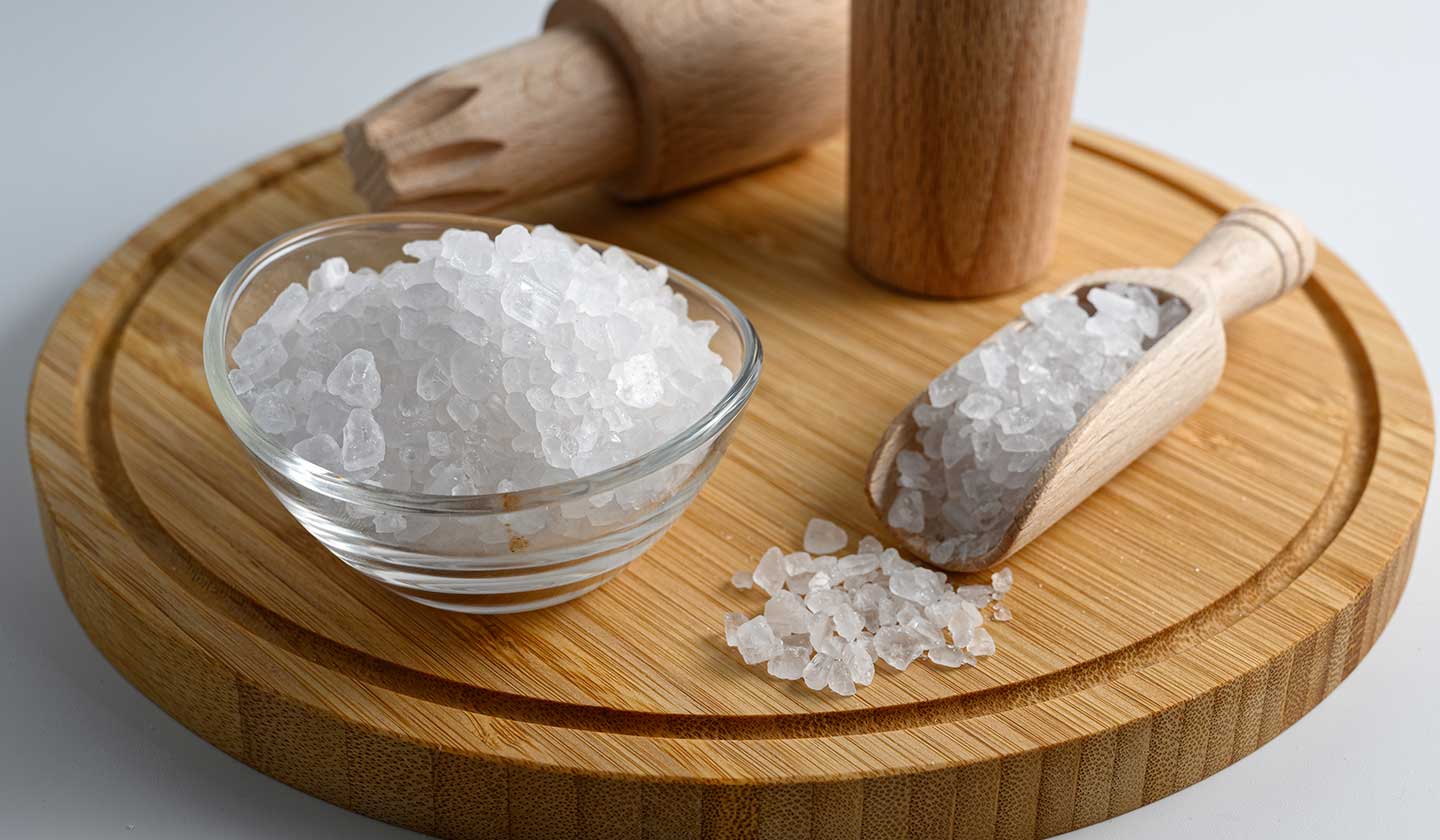
Beware of salt excess
- olives start out green. As they ripen, their color changes through various shades of purple to black, the flavor sweetens, and the percentage of oils increases;
- this fruit is digested with some difficulty, so those suffering from colitis, gallbladder disease, and liver disease sometimes tolerate olives poorly;
- a less positive nutritional feature of the olive is related to its method of preservation. Brines are used to increase the shelf life of the product, which greatly increases the sodium content of the olive.
Appetizer or side dish?
5 Tips on Olives
Integrated into a nutritious diet olives are also rich in water and fiber, which help keep the body hydrated. Although they have been part of Portuguese gastronomy for thousands of years, most people have not yet discovered the advantages of having olives around:
- Did you know that olives are among the healthiest snacks? Six olives (weighing 23 grams) have less than half the calories of the same weight of peanuts or cashews (54 kcal. vs. 131 kcal. and 140 kcal., respectively).
- Preserved in brine, olives are a healthy alternative to salt, the enemy of high blood pressure. You can also choose olives preserved in olive oil, with a much lower salt content than those preserved in brine, thus giving a special and healthy seasoning to meals.
- Adding olives to salads also means adding a lot of antioxidants (especially vitamin E), which protect the body from free radical attack.
- Free of "bad" cholesterol and rich in flavor, olives can replace other condiments and sauces in stews, casseroles...
- Integrated in a nutritional diet olives are also rich in water and fiber, which contribute to the proper functioning of the digestive system.

Five tips for eating the best fruits
Despite being part of the Portuguese gastronomy for thousands of years, most people still haven't discovered the advantages of having olives around:
- Before buying, either in pack or in bulk, check that their color is homogeneous and that they have no defects.
- Prepare your dishes with this reference: black olives are usually sweet and green or mixed olives bitter.
- Use olives to add flavor to your rice or pasta dishes.
- Did you know that there are olives preserved in olive oil? With two tablespoons of this liquid you can season other dishes. Check the product label!
- Keep the olives protected from light, preferably in the refrigerator. This way you can guarantee their characteristics for longer.
Recipes
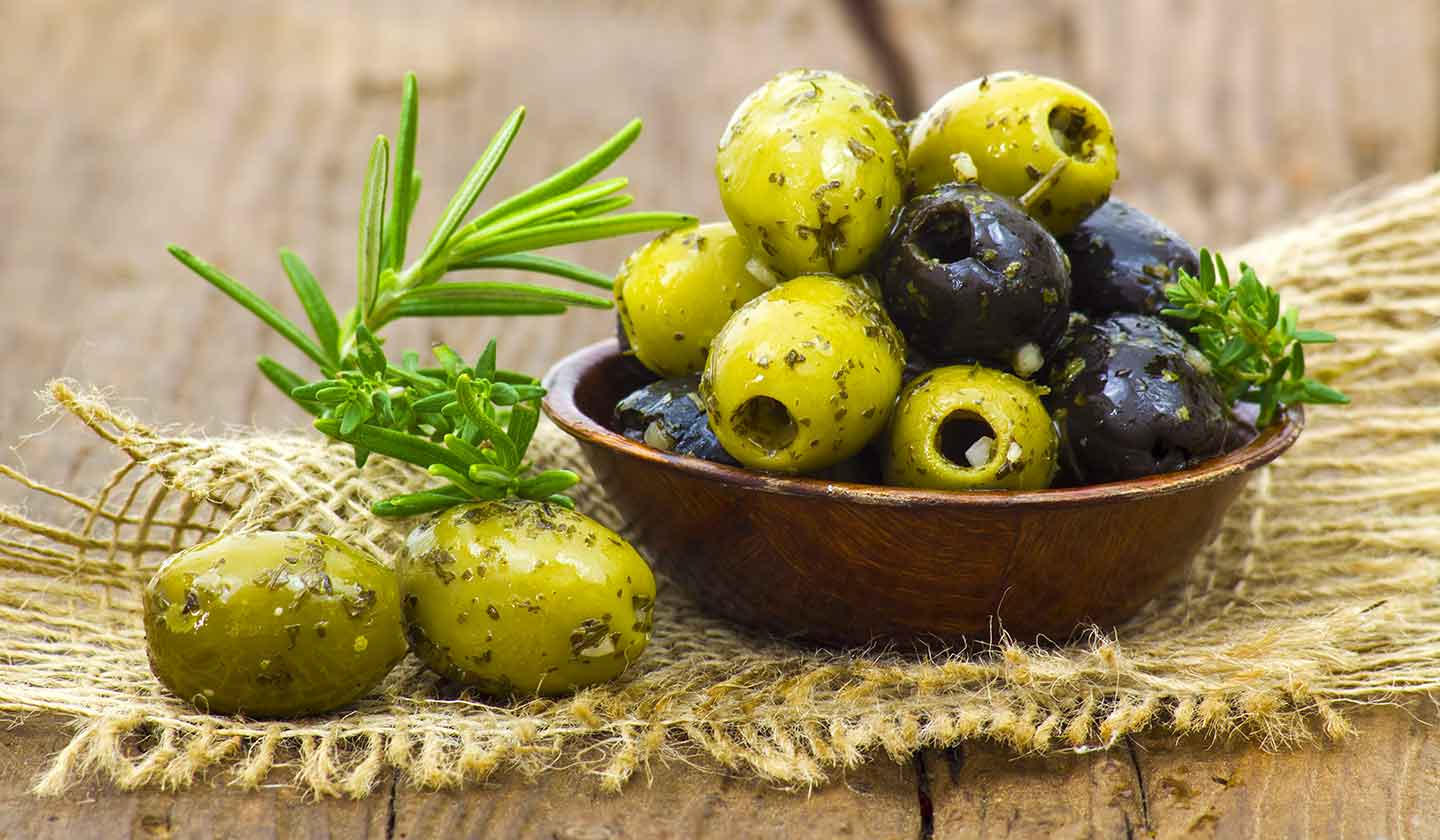
Seasoned Olives
Ingredients:
- 500 grams of olives (can be green, black, purple or all three)
- 4 cloves of crushed garlic
- 2 dessert spoon oregano
- 2 dessert spoon of pepper
- 1/2 cup extra virgin olive oil.
Preparation:
- Place the olive in a pot, add the crushed garlic, oregano, calabrian pepper, and olive oil, mix well. Then put the olive in a glass along with the seasoning that was left in the pot and refrigerate, the ideal is to do it overnight for the flavor to be more accurate.
Tip: Make this recipe with 3 or more types of olives, you'll love the textures and flavors of each.

Olive Rice
Ingredients:
- 2 cups needle rice
- 1 onion, chopped
- 2 cloves of garlic, chopped
- 1 jar of sliced black olives
- 1 handful of coarse salt
- 1 teaspoon of paprika
- 2 tablespoonful of thyme
- olive oil to taste
Preparation:
- Start by chopping the onion and garlic separately. Then, in a pan, pour a dash of olive oil and let it heat up a little.
- Add the chopped onion and cook for 3 minutes or until translucent. Add the minced garlic, stir and cook for 1 minute more. Sprinkle paprika to taste and mix the cooking thoroughly.
- Next, gradually add the Agulha Rice and stir it in. Add the sliced olives and stir again. Add half the thyme and mix. Smell the aroma.
- Add 4 cups of water and season with salt to taste. Let it cook on low heat for about 15 minutes.
- Finally, before removing the pan from the heat, add the remaining thyme and stir. Serve immediately and enjoy your meal.
Tip: This dish can be served as a side dish or main meal.
Conclusion
The olive should be used as part of a varied and balanced diet. Its consumption brings the same health benefits as olive oil. But, as in everything, moderation is the watchword.
Ana Neto
(Pharmaceutical)
www.cigala.pt






